Film editing is also known as the “invisible art”—an art that shapes the emotional journey of the viewer without ever once calling attention to itself. One of the most critical choices an editor or director ever has to make is whether to stick with traditional continuity editing style or break tradition with montage editing. Both styles have compelling uses in narrative, but knowing when—and why—to use one instead of the other can take your film from great to unforgettable.
What is Continuity Editing?
Continuity editing, or the classical Hollywood style or invisible editing, seeks to create a smooth and rational sequence of images. The concept is simple: keep the audience interested in the story without interruption. Techniques like the 180-degree rule, eyeline matches, match-on-action cuts, and shot/reverse shot transitions are all used in this style.
In continuity editing, space and time appear continuous. When a character leaves through a door on the left side of the screen, the next shot has them coming from the right. Spatial continuity helps viewers get their bearings in the scene and stay focused on character and plot, rather than puzzling over geography or time shifts.
What is Montage Editing?
In contrast, montage editing is more expressive and less realistic. Evolved from the early years of Soviet cinema (most notably Sergei Eisenstein‘s), montage editing is based on juxtaposition to create meaning. A sequence of disparate shots can be emotionally resonant, suggest metaphors, or represent abstract concepts.
For instance, the mad pacing of compression in Eisenstein‘s original “Odessa Steps“ segment of Battleship Potemkin ratchets up the violence shock without needing a traditional narrative arc. In modern cinema, montages are used to condense time (training sequences, falling in love, transformations), or to create an aestheticized version of events.
When to Use Continuity Editing
Continuity editing is most effective when the story itself is complex or psychologically based. If you wish to involve viewers thoroughly in the story or the world of the characters‘ psychology, continuity keeps anything from interrupting them.
Use it when:
-
You’re telling a linear story.
-
The audience needs to track multiple characters or subplots.
-
You’re aiming for realism or naturalistic pacing.
-
You’re building suspense or emotional tension that relies on spatial and temporal logic.
Take films like The Shawshank Redemption or Marriage Story. They’re both edited in restraint, in a neat, non-intrusive manner that brings out the performances. The look doesn‘t draw attention to itself: it works for the story without overt stylization.
When to Break the Rules with Montage
Montage editing is your strongest friend when you have to heighten emotion, condense time, or achieve symbolic depth. It can disrupt dreamlike sequences, create surreal transitions, or make thematic declarations not explicitly in the script.
Use it when:
-
You want to compress time efficiently.
-
You’re aiming for stylization or abstraction.
-
The film explores ideas, moods, or internal thoughts.
-
You need to deliver information visually and quickly.
Think about training montage sequences in Rocky, memory-dream sequences in Requiem for a Dream, or hyper-stylized cuts in Scott Pilgrim vs. The World. These films break continuity knowingly in order to introduce energy, emotion, or symbolism.
Hybrid Approaches: The Best of Both Worlds
Most modern filmmakers mix both styles. A film may use continuity editing for dialogue scenes and switch to montage for a time-lapse, flashback, or symbolic sequence. Quentin Tarantino, for example, constantly breaks continuity conventions but somehow remains true to narrative coherence through careful visual arrangement.
The key is intentionality. Montage breaking for its own sake will confuse or alienate your audience. But used with purpose, montage will transform your film into a emotionally resonant or intellectually stimulating experience.
The Visual Language of Editing
Whichever style of editing you use, images are the essence of filmmaking. High-resolution images not only make your edit better but also establish the tone of your work—be it a corporate explainer video or a film short. If you’re working on a video project or need visuals for storytelling, consider exploring stock images on Depositphotos. You’ll find a vast library of professional-grade visuals that can help you legally enhance your business presentations, storyboards, or pitch decks.
Final Thoughts
Editing is not simply a question of technical competence—it‘s the syntax of narrative. Continuity and montage are two syntaxes for that language, each with a different set of strengths. Dominance of either gives you control over how your story is encountered as well as viewed.
The greatest editors and directors are aware of the rules and how to bend them. Whether you’re building a story that progresses in real time or conveying an emotion with a series of abstract images, your decision to cut to continuity or montage can be the essence of your film
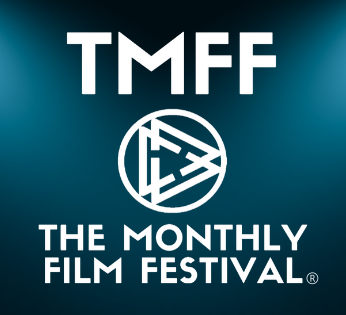
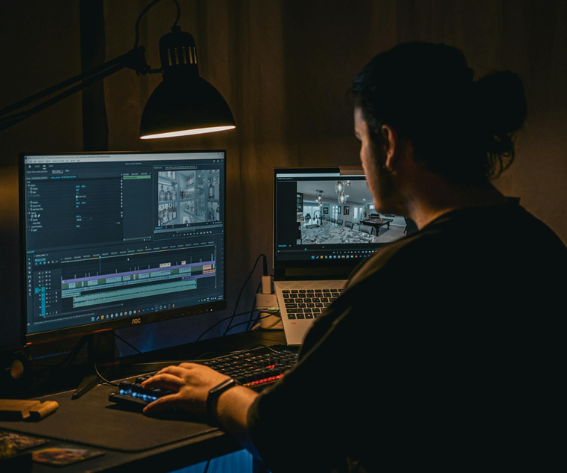
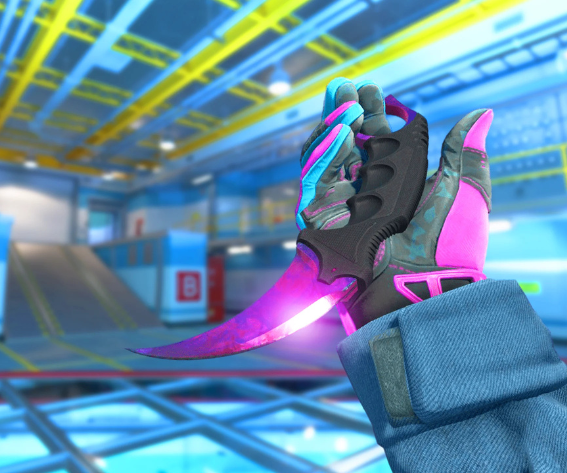
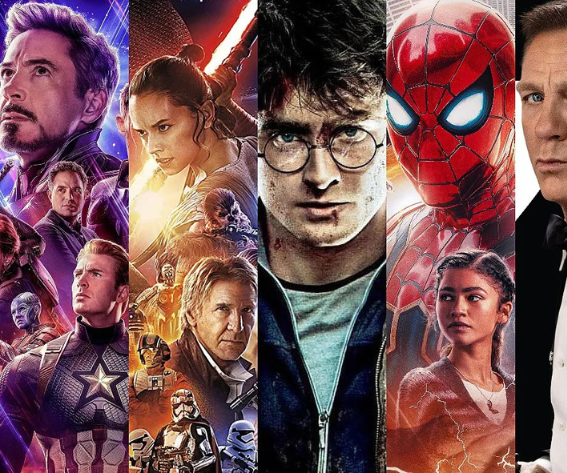
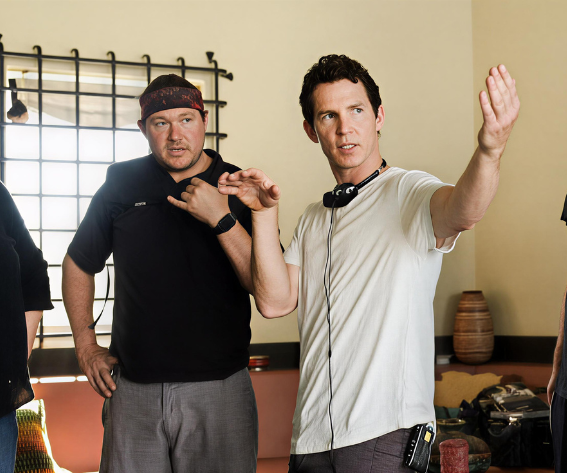




Leave a reply